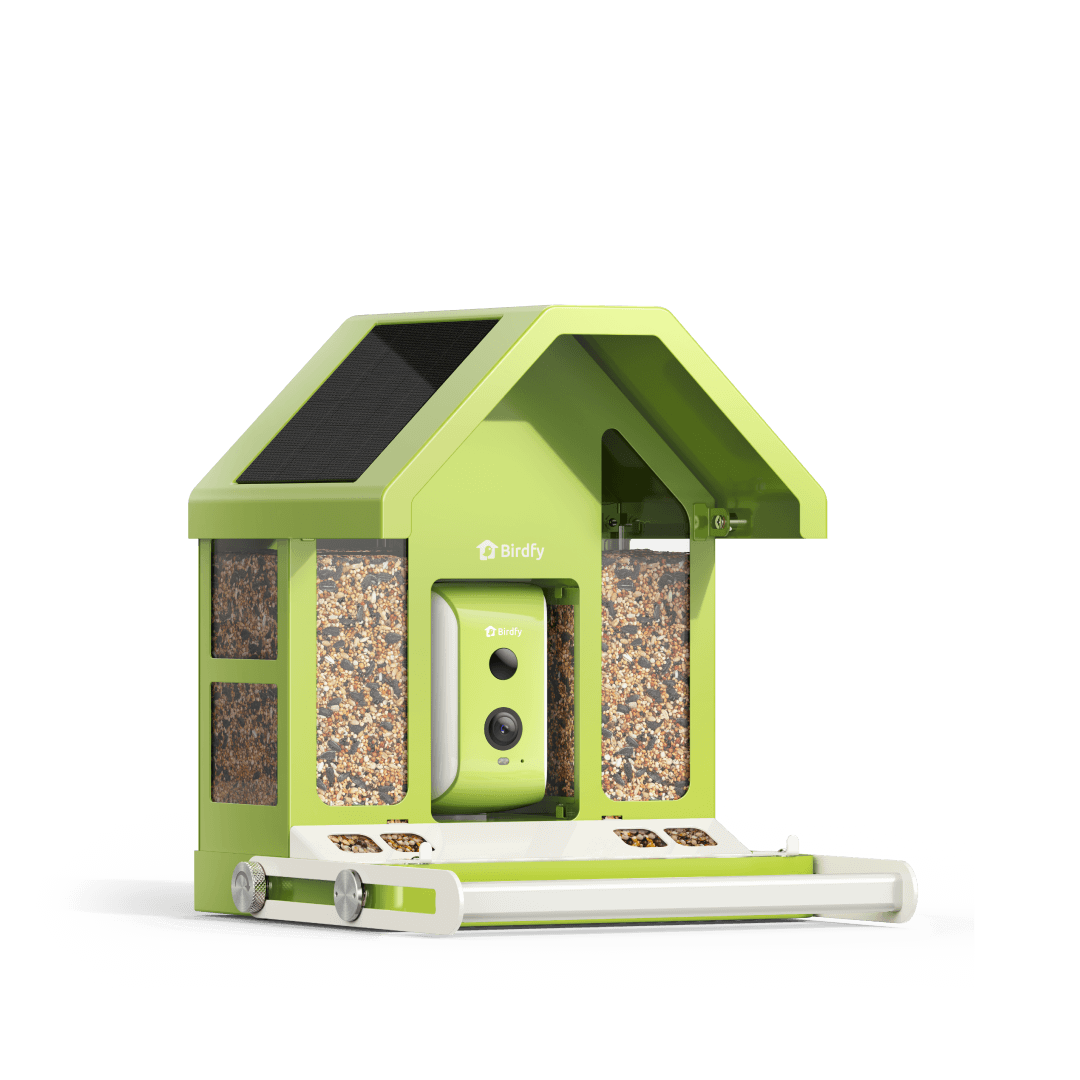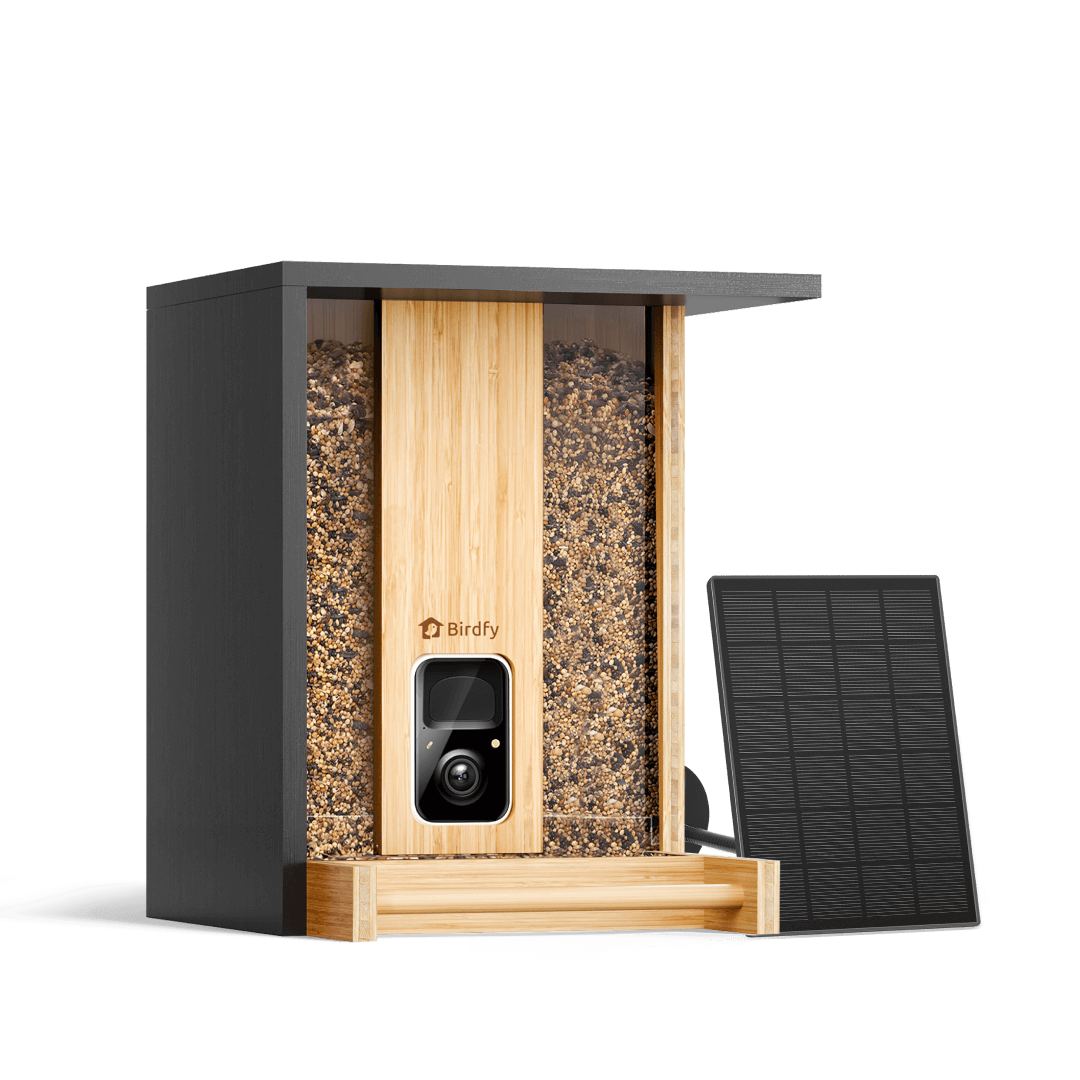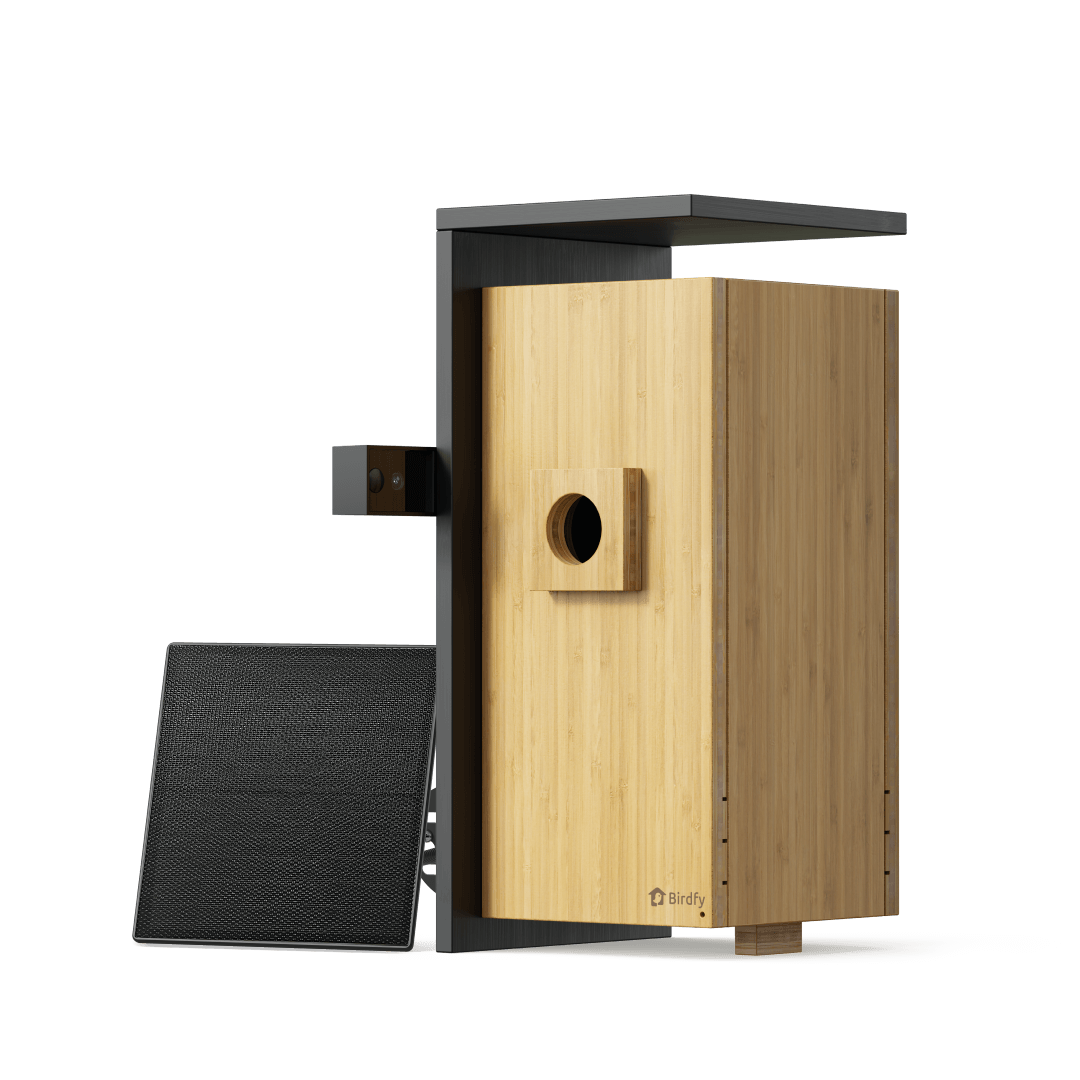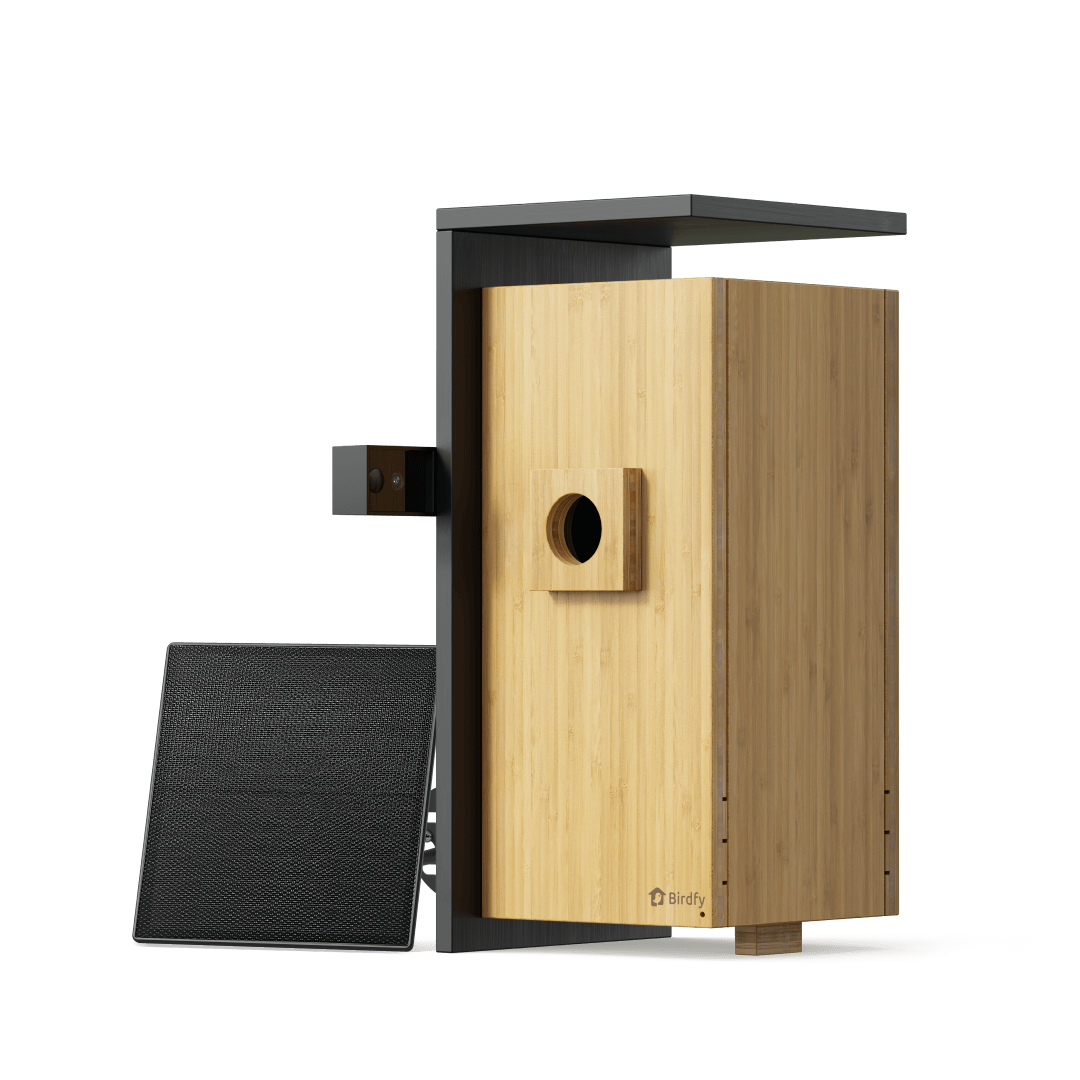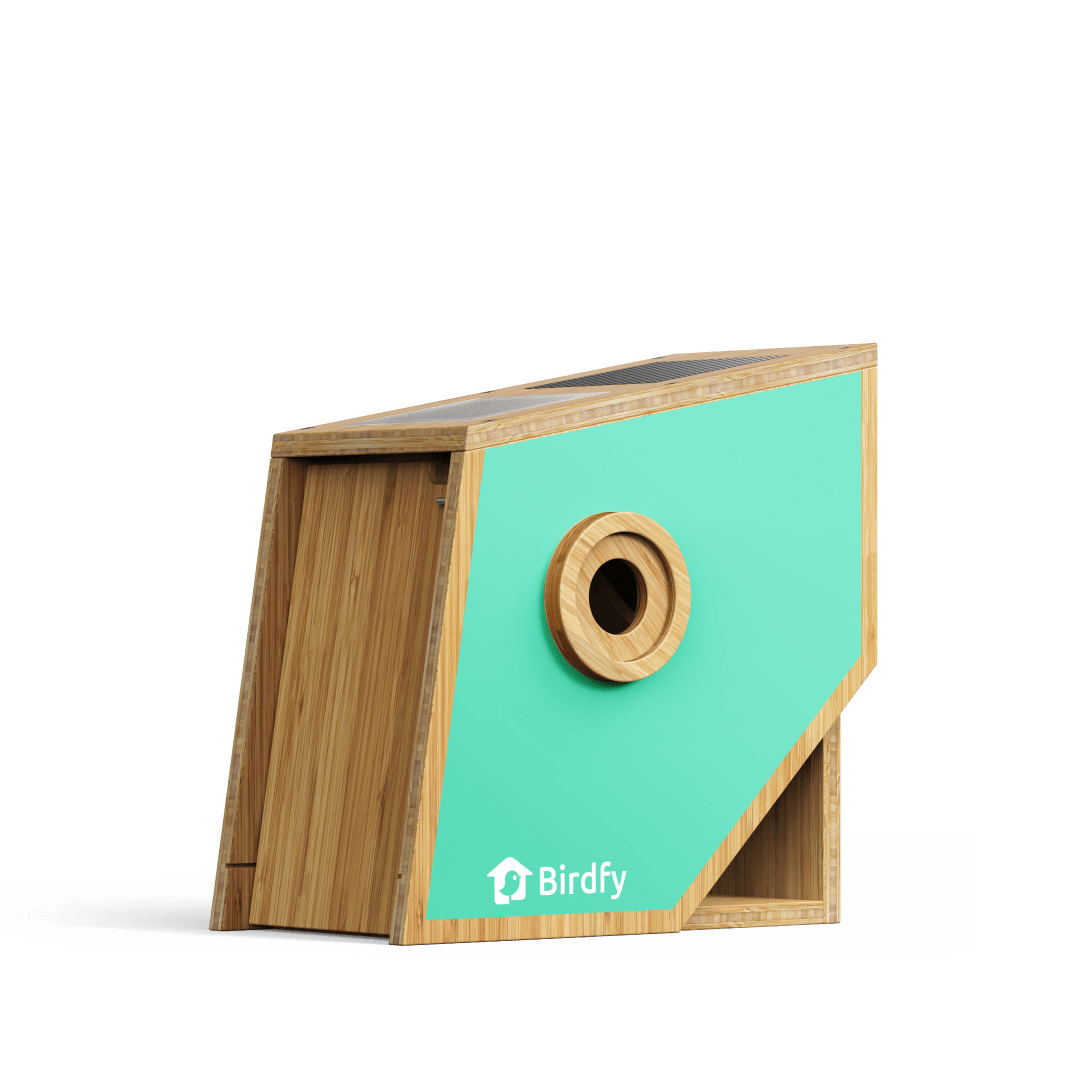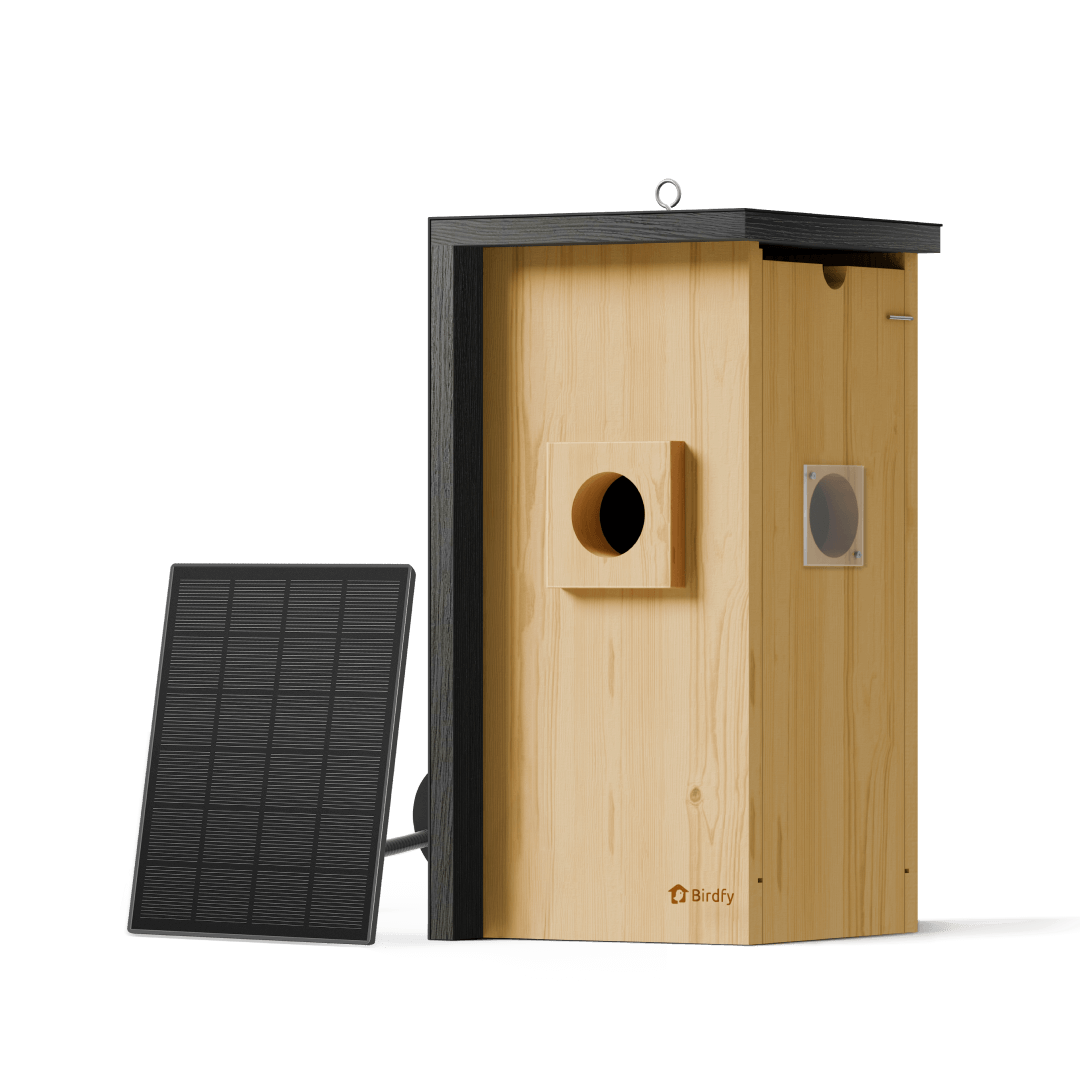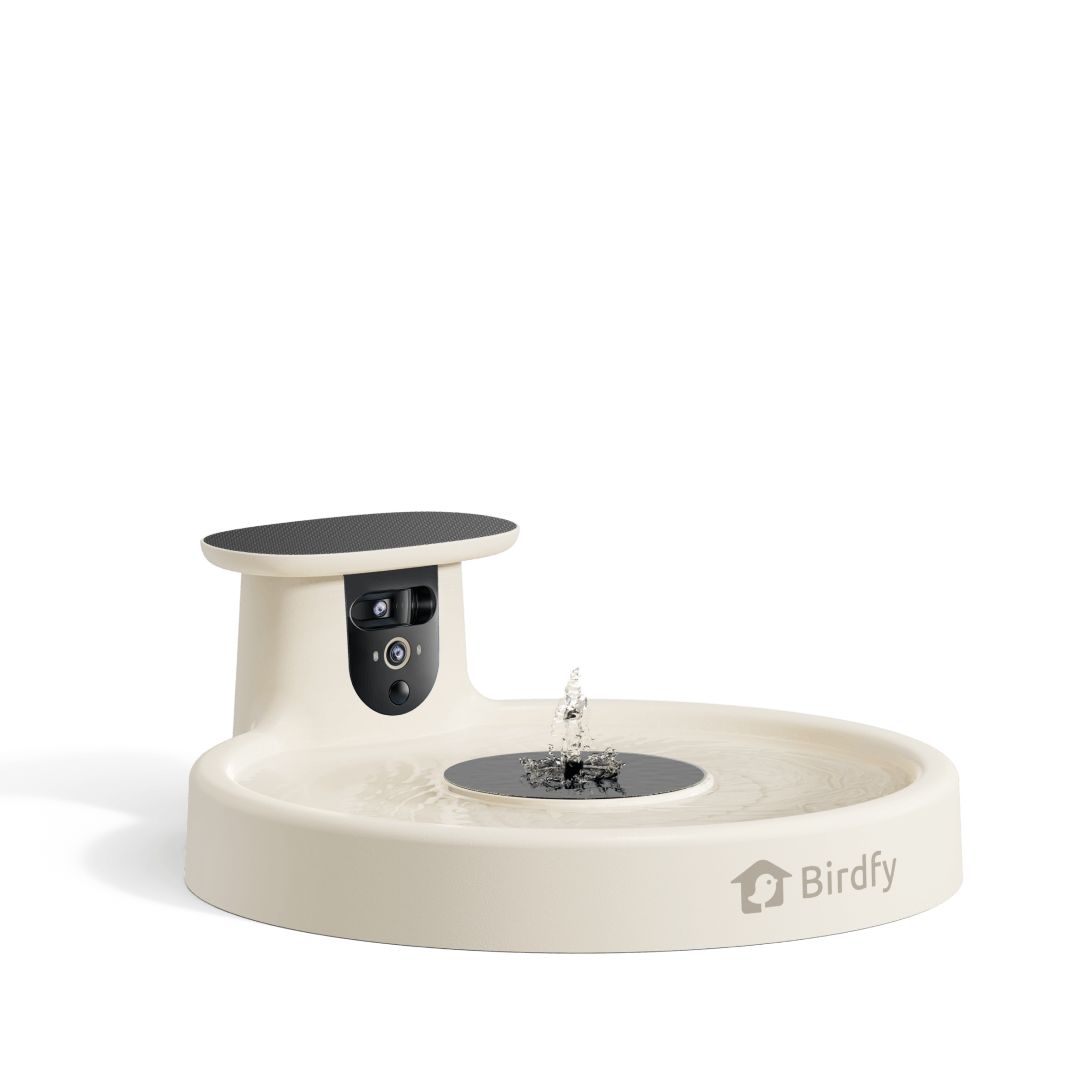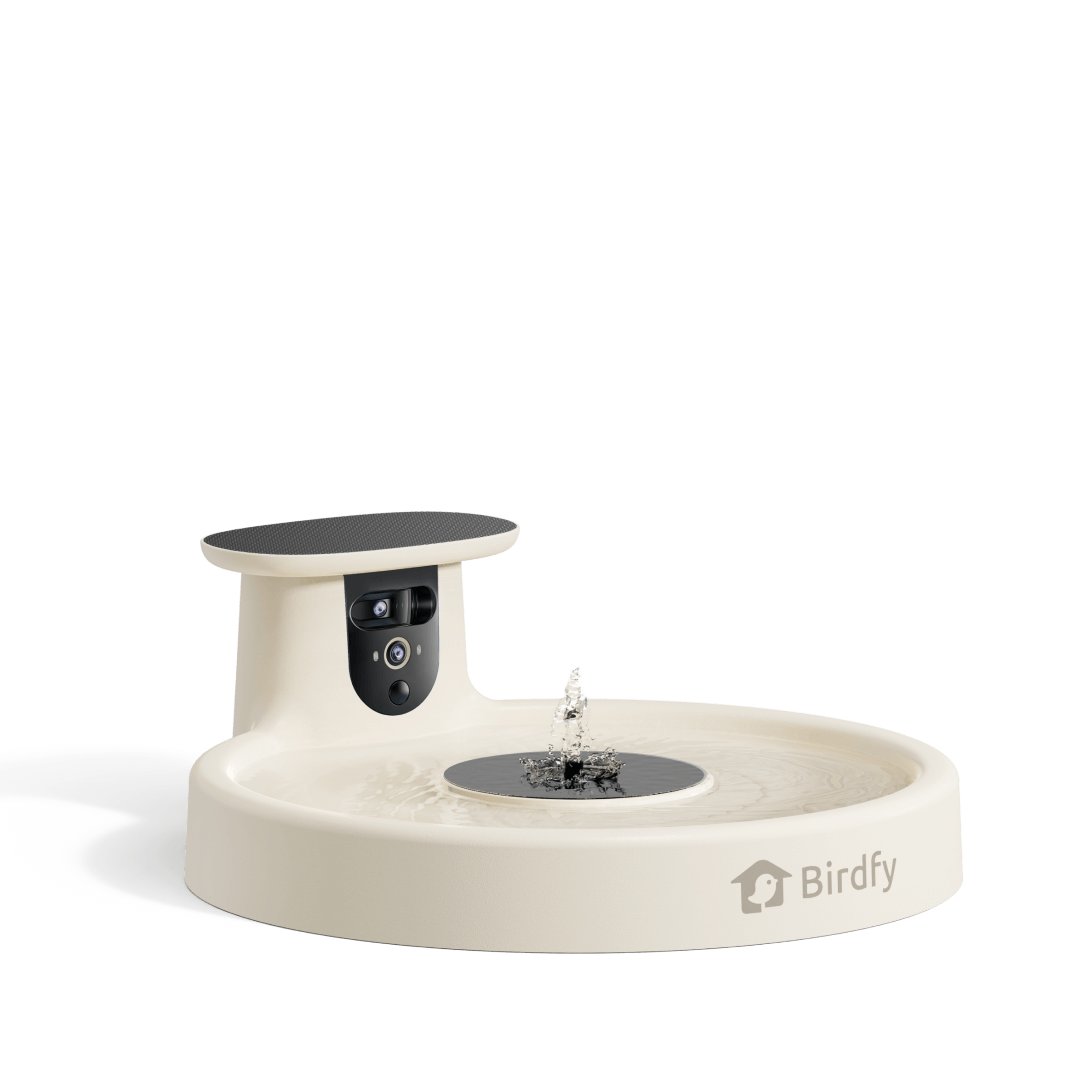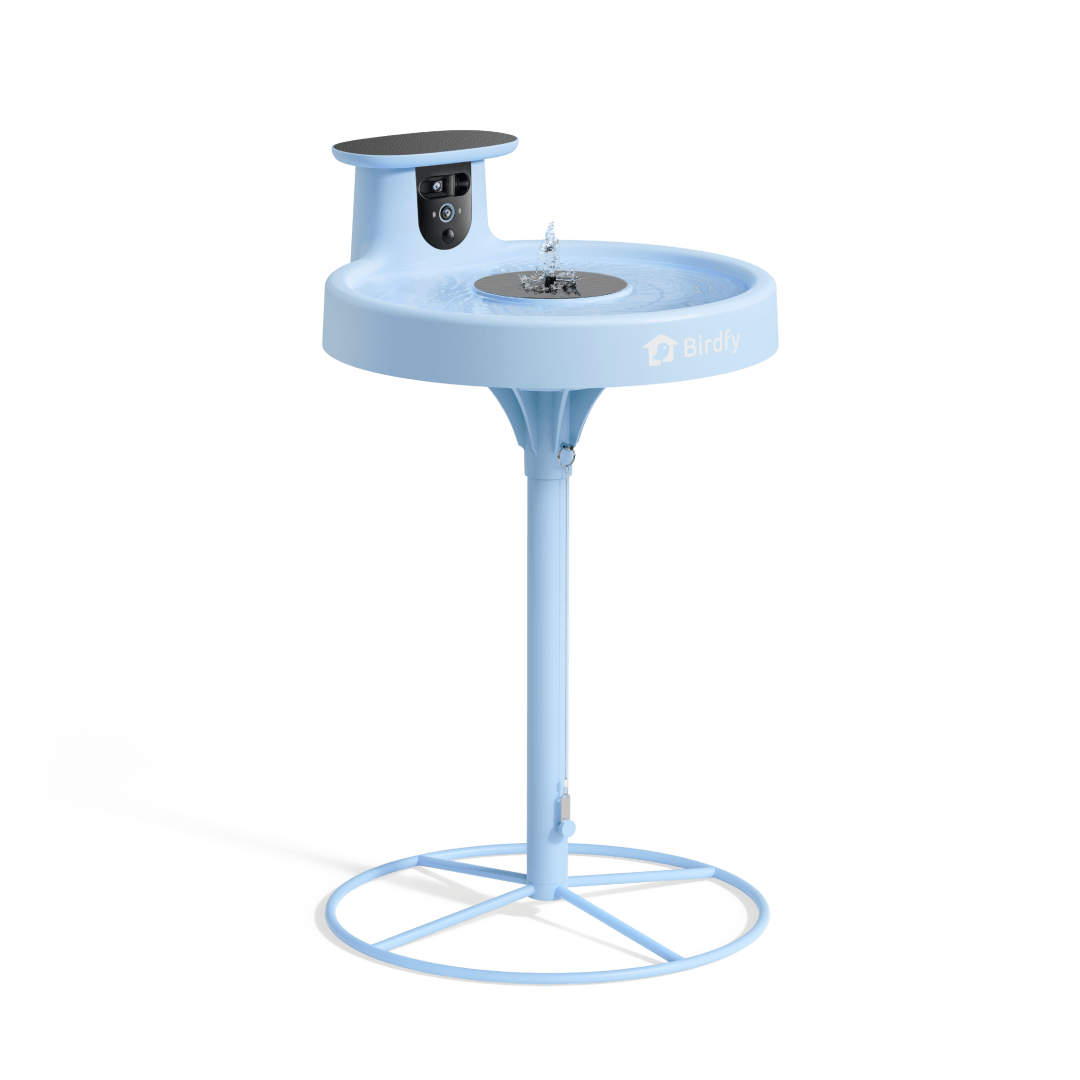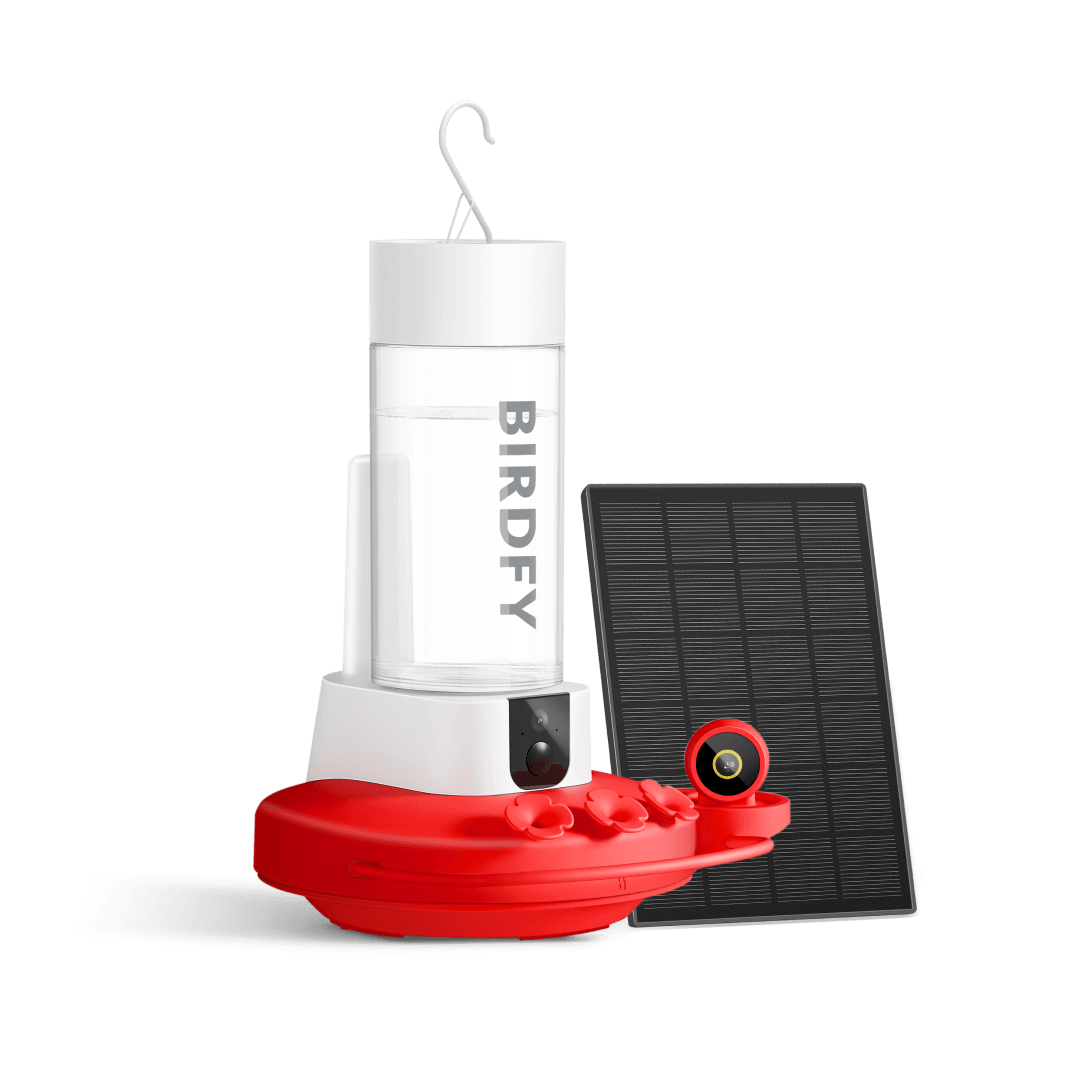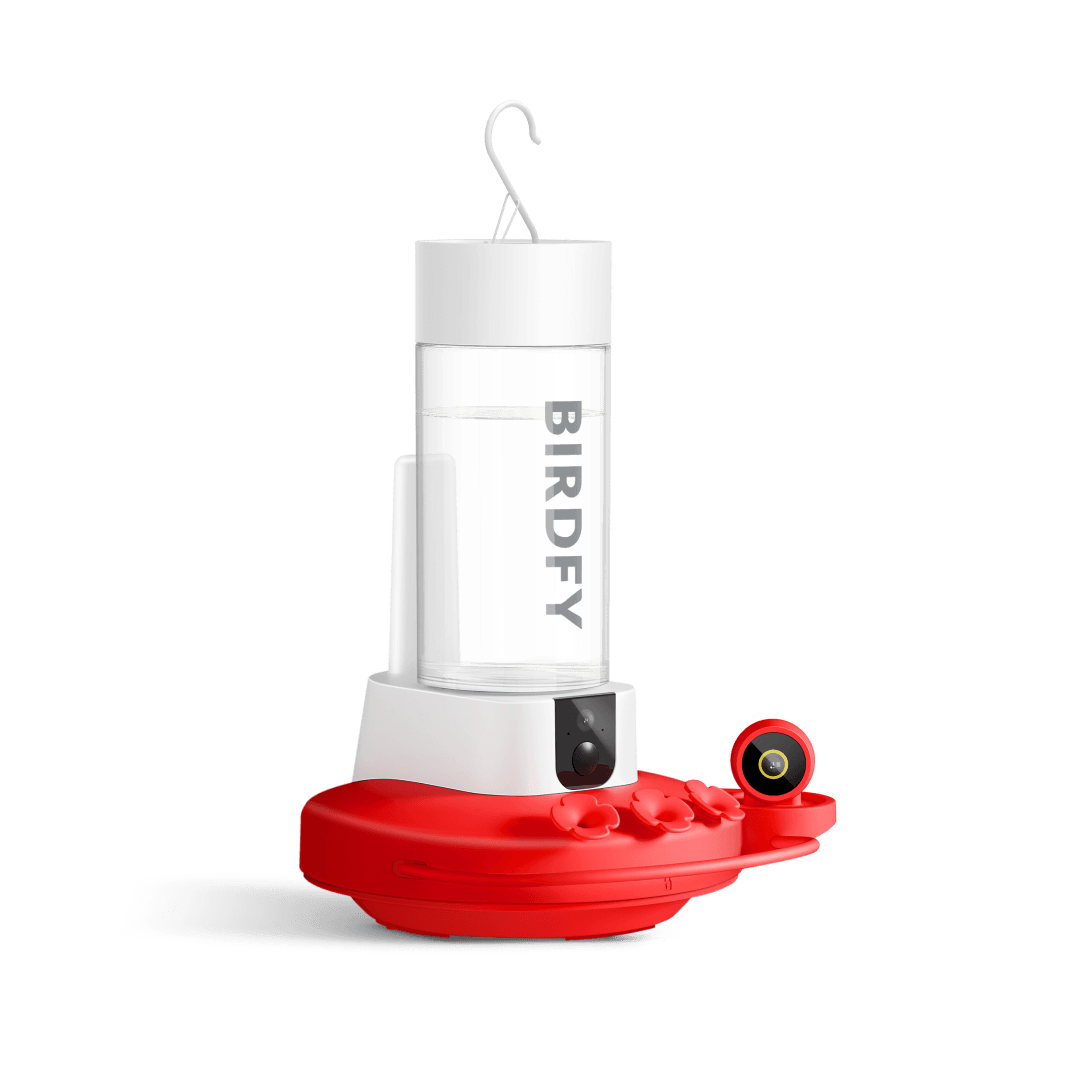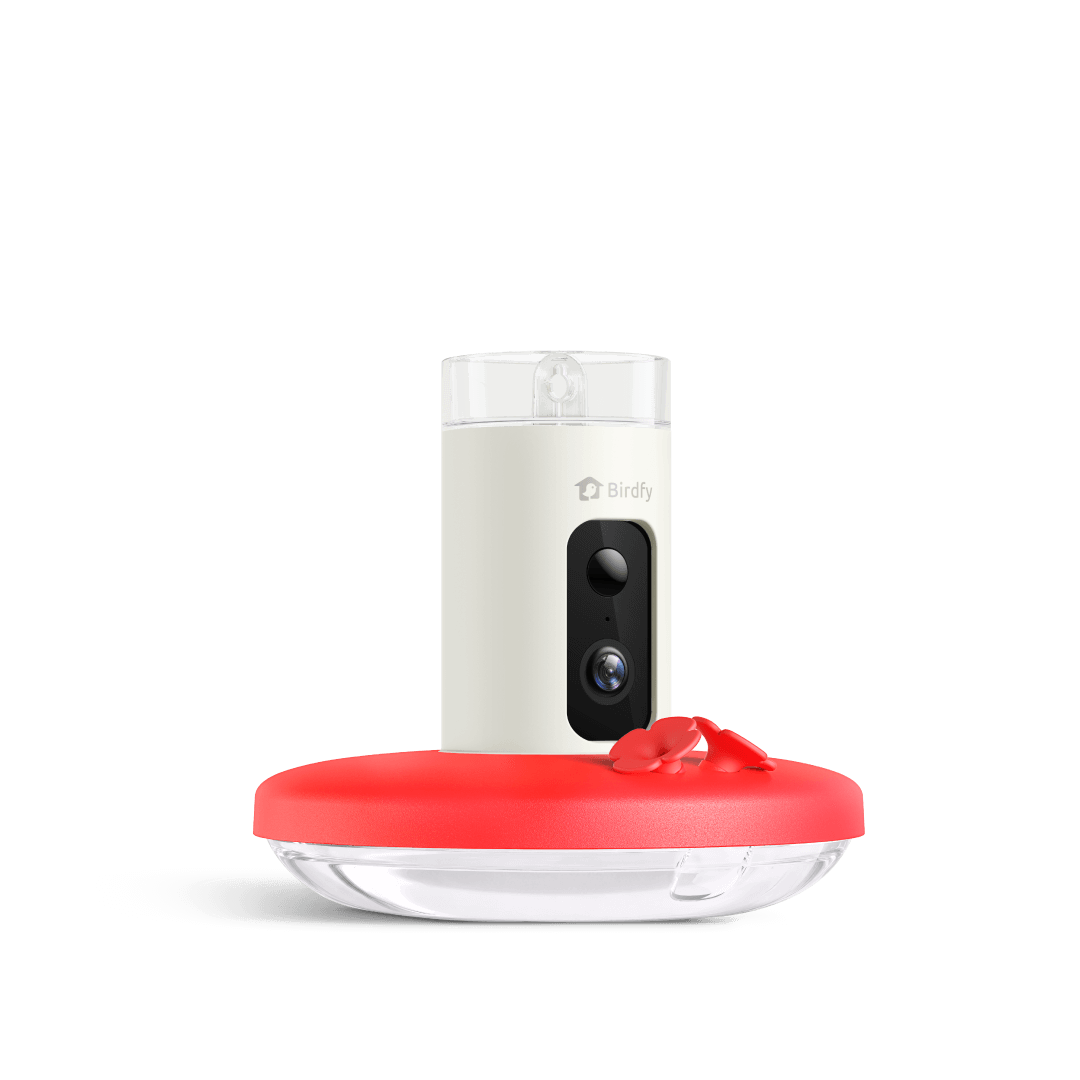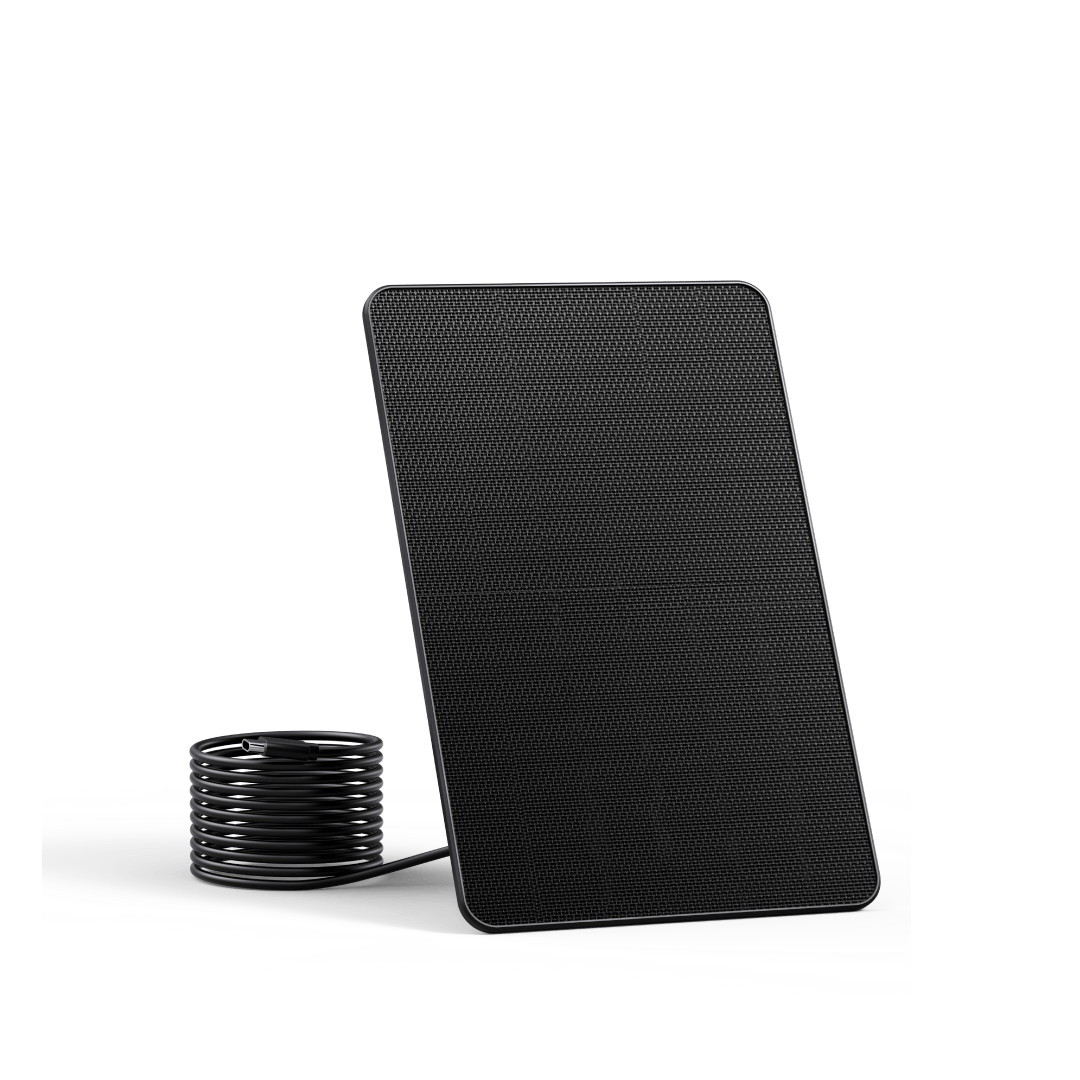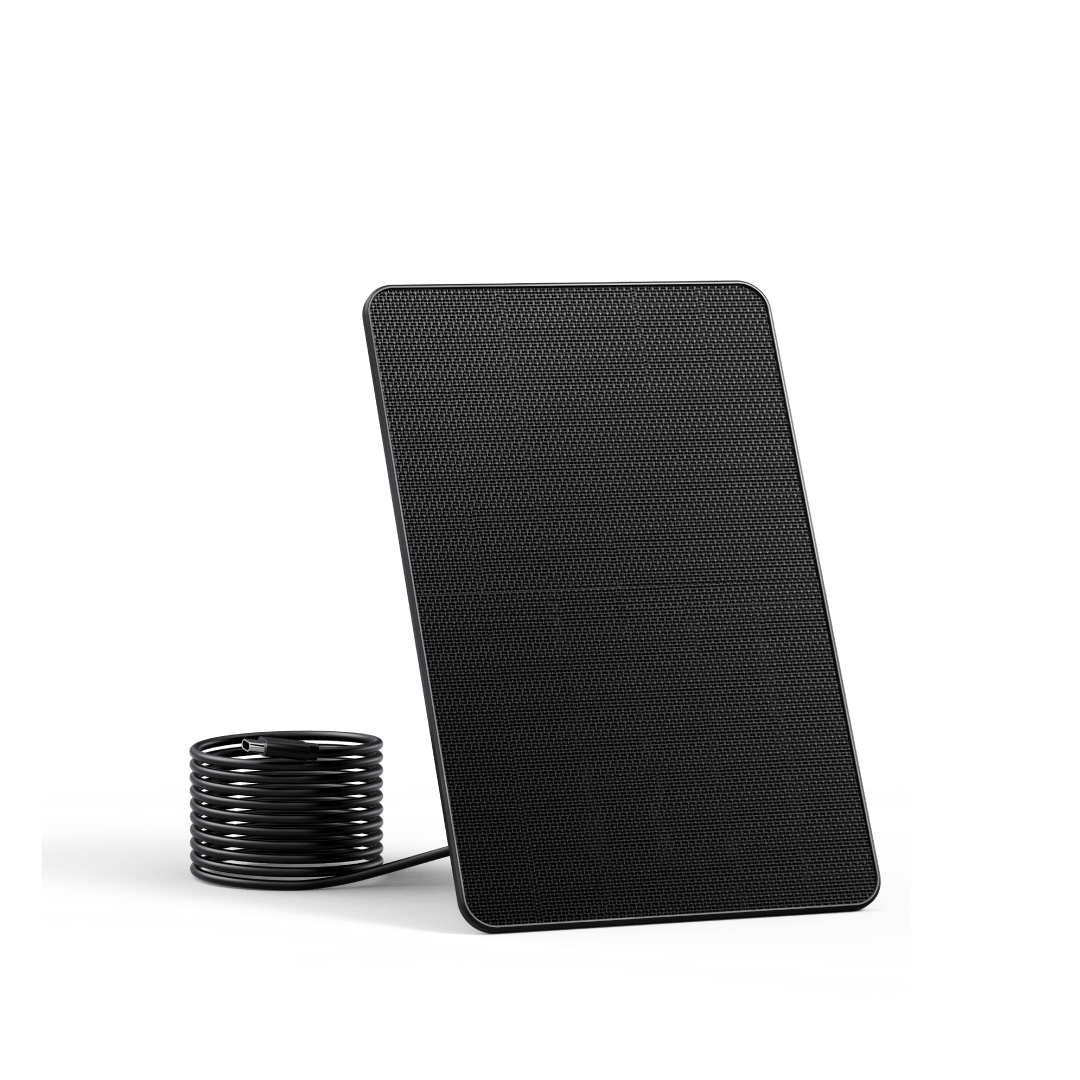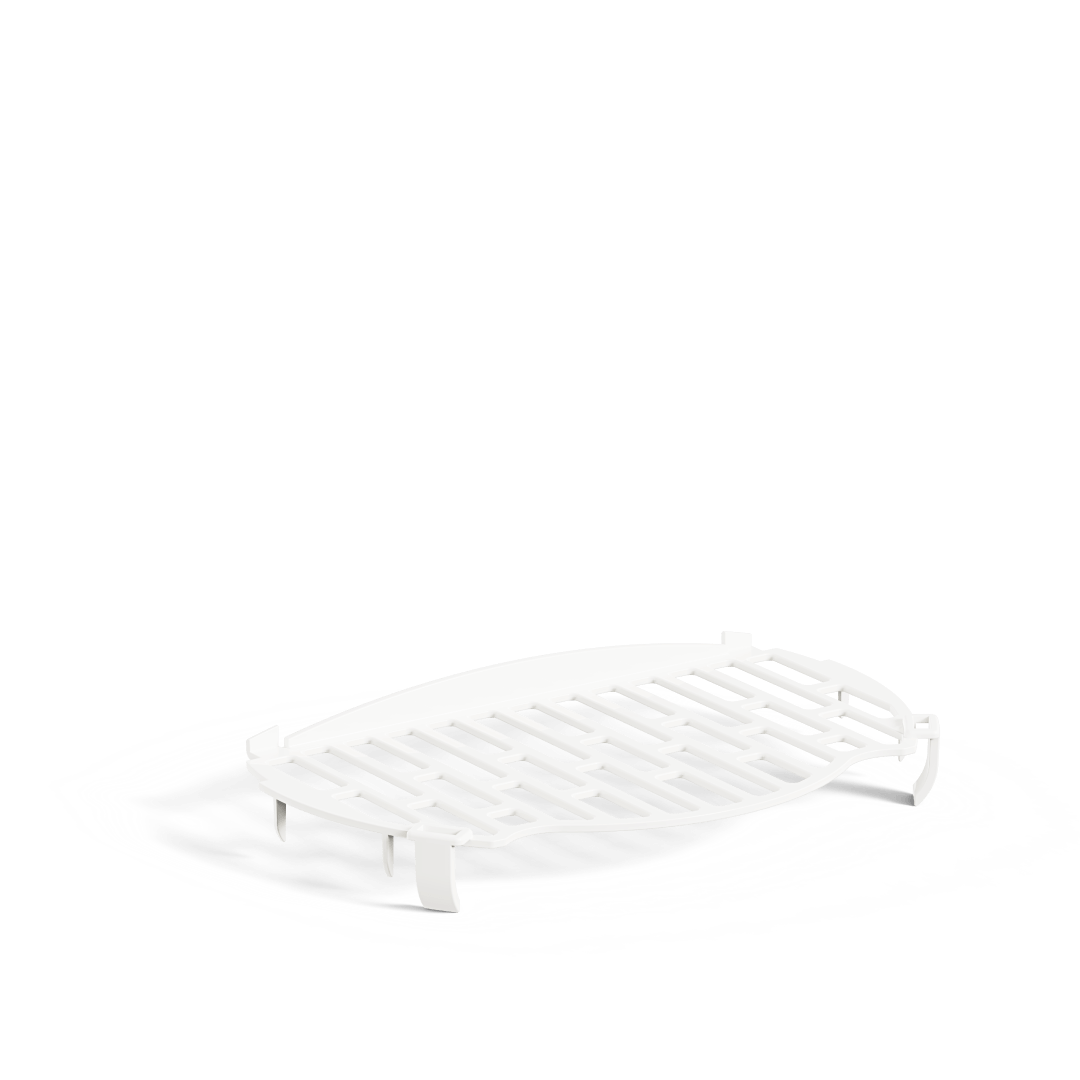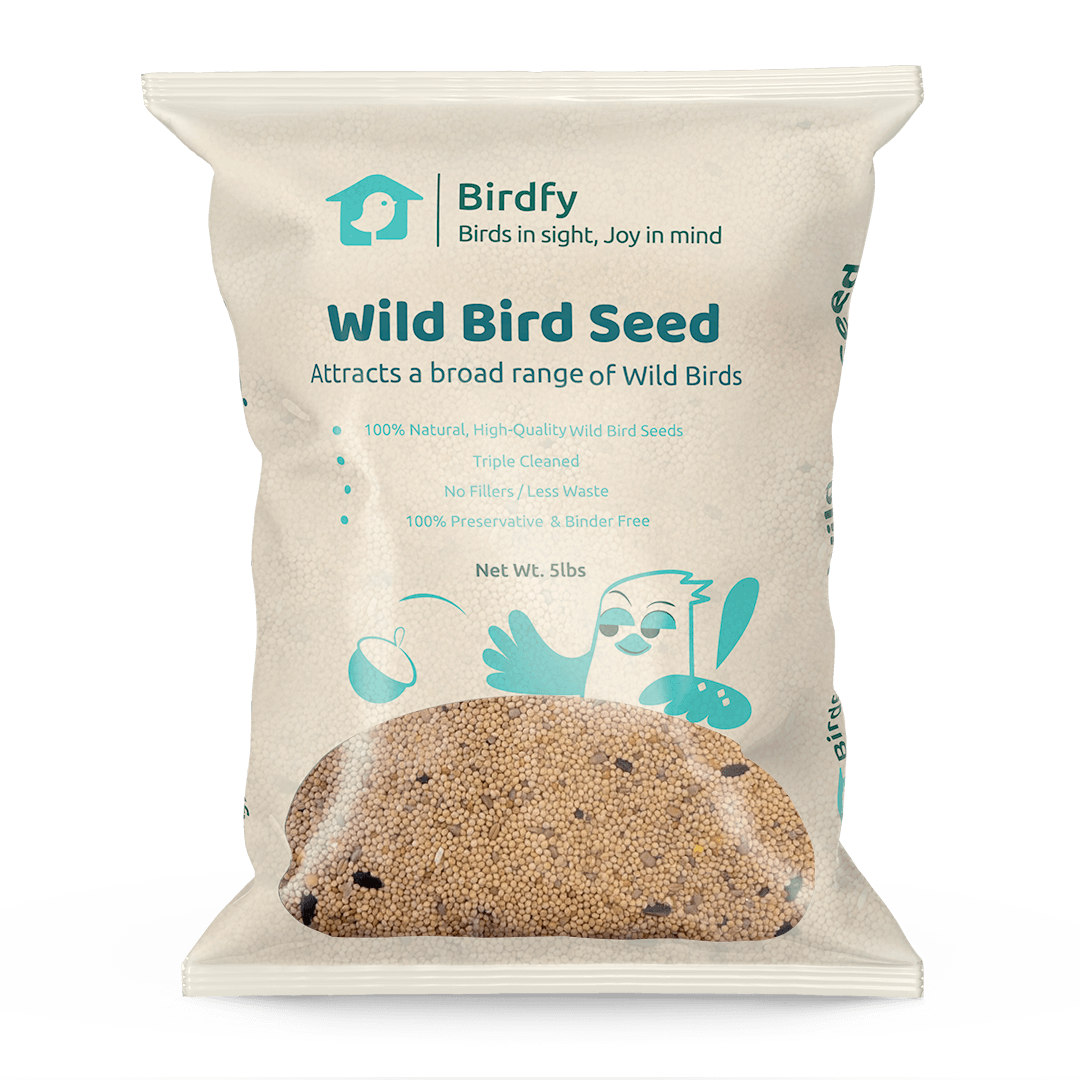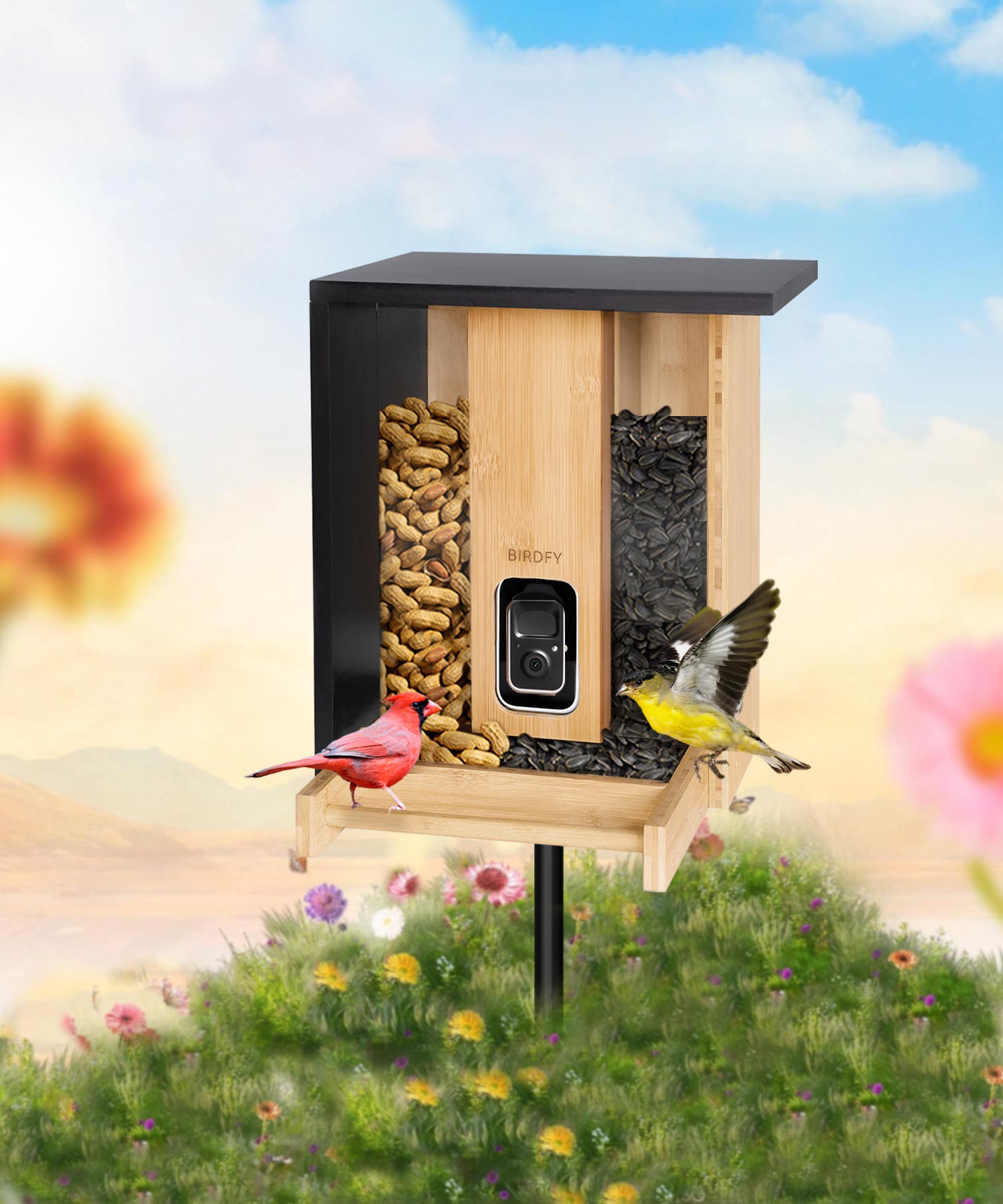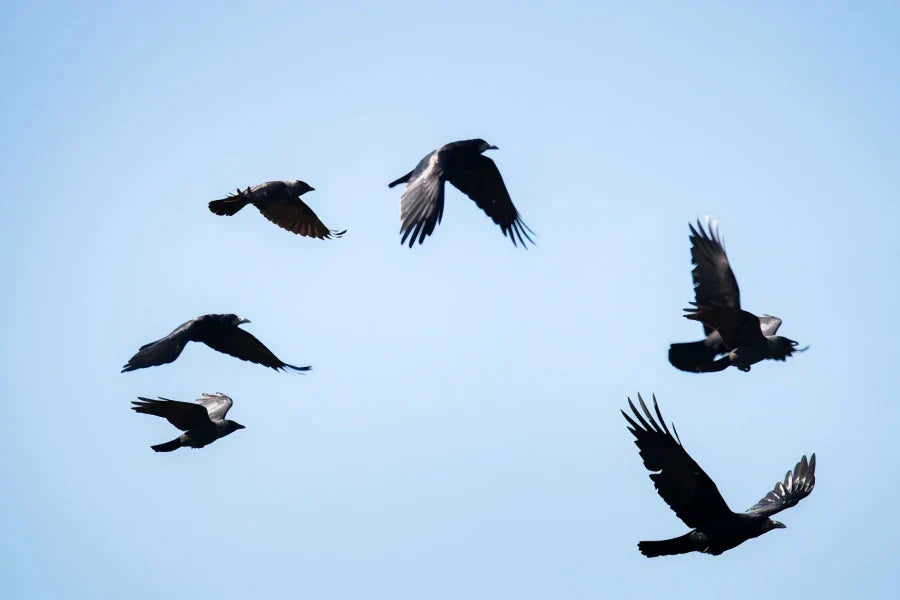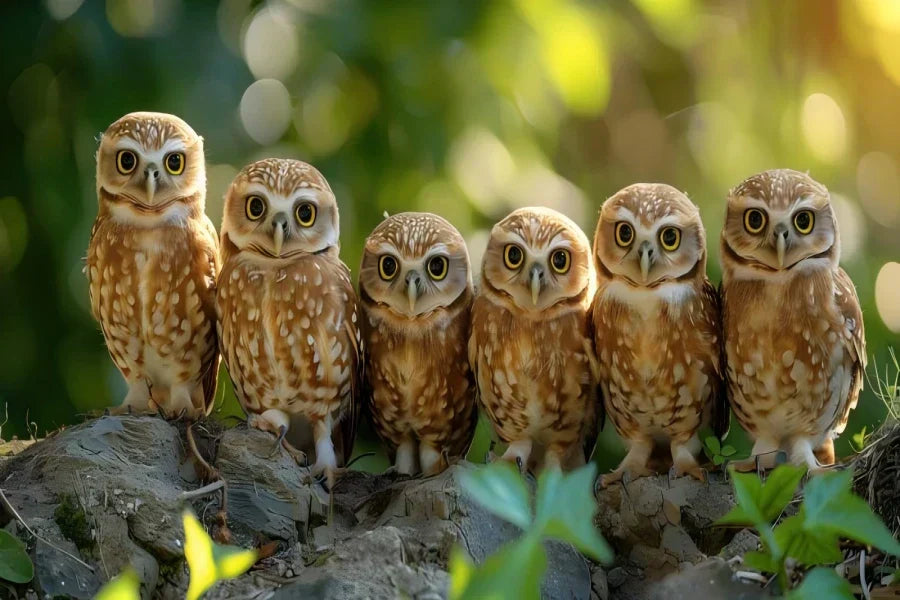The question that bird lovers ask themselves most of the time is: “What is a group of ravens called?” Their size, black colour, and fascination with humans date back centuries. Because of their intelligence, mystique, and mythological and folkloric symbolism, ravens are not typical birds.
Like many other birds, they have special collective names used to refer to them when in a group. Though you have probably read unique terms, such as “an unkindness of ravens” or “a conspiracy of ravens,” most people refer to them as “a flock of ravens.” There are various stories associated with ravens, and the deeper meanings of these Collective nouns can tell.
In this article, we will explain these interesting collective nouns for ravens in detail, highlighting their history, symbolism, facts, and science.
The Unique Names for a Group of Ravens
You will get many answers to “What is a group of ravens called?” Over time, several new terms have come to describe these enigmatic birds.
Common Collective Nouns for Ravens
An unkindness of ravens
A conspiracy of ravens
A treachery of ravens
A rave of ravens
A flock of ravens (most frequently used in everyday language)
Each of these names reflects the way people used to perceive ravens. They were often labelled as mysterious or dramatic due to their black feathers, deep sounds, and connection to death.
The History of Collective Nouns for Ravens
Collective nouns for ravens, such as unkindness and conspiracy, originate in the Middle Ages. During that time, hunting was a popular pastime among the nobles. Hunting books often included poetic names for groups of birds. These lists, known as terms of venery, were full of fantastical words.
In the case of ravens, their names were influenced by the enigmatic and gloomy image of the bird. Authors and hunters created words that reflected the appearance and behaviour of the bird. This is how expressions like "unkindness of ravens" made their way into the English language.
An Unkindness of Ravens
“An unkindness of ravens” is one of the most popular terms. Although saying this may seem awful, it demonstrates how ravens were seen in the past. Because they were frequently spotted near battlefields or even cemeteries, people associated ravens with death, omens, and tragedy.
Why Is a Group of Ravens Called an Unkindness?
Ravens were thought to steal the food of other animals and act in an unkind manner.
They were symbols of misfortune since they were dark in appearance.
During the Middle Ages, literature adversely characterised them.
Modern science has proven this collective noun for ravens wrong when it turned out that they are intelligent, playful, and social creatures.
A Conspiracy of Ravens
There is also another interesting collective noun, “a conspiracy of ravens.” The term emphasises the intelligence and collaboration of this bird.
Why Is a Group of Ravens Called a Conspiracy?
Ravens collaborate to solve problems and to obtain food.
Their coordinated activities are a form of planning, an almost conspiracy.
They were regarded in mythology as bearers of secret wisdom.
This group name stresses the smart and tactical behaviour of ravens.
A Treachery of Ravens
The term "a treachery of ravens" is much more uncommon, but as striking. "Treachery" refers to betrayal and has its roots in the antiquated notion that ravens are cunning.
Why Is a Group of Ravens Called a Treachery?
It was believed that ravens defrauded farmers by robbing them of their crops.
They were known to be naughty due to their scavenging behaviour around human settlements.
In folklore, dark and enigmatic birds were connected to betrayal and treachery.
This name is not so common now, but it highlights the raven's cultural image.
A Rave of Ravens
The term “a rave of ravens” has been used more lightly, more modernly. As opposed to the unkindness or treachery, this phrase concentrates on the noisiness and energetic character of ravens.
Why Is a Group of Ravens Called a Rave?
Ravens are extremely vocal and call very loudly when in groups.
Their parties appear to be as wild as a rave party.
It is not as symbolic, but rather descriptive.
This name gives the bird a kinder, even humorous image.
The Generic Term: A Flock of Ravens
Apart from the dramatic names of raven, most people nowadays say “a flock of ravens.” This is a practical, day-to-day term that birdwatchers and scientists tend to use.
Why Is a Group of Ravens Called a Flock?
The meaning of "flock" is clear and popular.
It does not convey the meaning of words, like unkindness and treachery.
It correlates with the description of most groups of birds.
Calling “a flock of ravens” is perfectly acceptable when you see ravens in a group.
Modern Use of Collective Nouns
Although most people prefer saying “a flock of ravens,” many still wonder, “What is a flock of ravens called?” The answer varies based on the surroundings.
In ordinary talk, most people say a flock of ravens.
In literature or poetry, authors like to say an unkindness or a conspiracy of ravens.
In education or the study of wildlife, a flock is still the practical term.
It serves as an example of how language may combine story and science. Although all answers are accurate, they show opposing viewpoints.
Ravens in Mythology and Culture
To fully comprehend the ravens' cultural roles, it is also necessary to look at their names in methodology and culture. Some world stories include ravens as follows:
Norse Mythology: The main god Odin was accompanied by two ravens: Huginn and Muninn, symbols of thought and memory.
Native American Legends: According to Native American mythology, ravens are a trickster or creator who shapes the world with wisdom.
Celtic Folklore: Celtic folklore associated a raven with war and prophecy.
Western Literature: The mysterious image of ravens was set by Edgar Allan Poe's well-known poem, “The Raven.”
These narratives explain why ravens were given dramatic collective nouns. Because they represented knowledge, danger, and mystery, they were seen as more than just birds.
Scientific View of Raven Groups
Scientifically, ravens are social birds. Biologists generally refer to “a flock of ravens” as a group. They congregate in flocks for communication, food, and safety.
Ravens and Their Social Behaviour
An understanding of raven behaviour can explain the emergence of these names.
Intelligence: Ravens are capable of using tools and solving challenges.
Playfulness: They use sticks to play games and slide down icy hills.
Communication: They exchange information via a variety of calls.
Cooperation: They may hunt in small groups or in couples.
These traits most likely served as the inspiration for names like "rave" and "conspiracy". After observing their complex behaviour, people created different terms to characterise them.
Raven Behaviour in Groups
Before finding a partner, young ravens frequently organise into flocks.
Hundreds of ravens can roost together for warmth and safety during winter gatherings.
Mated pairs tend to be territorial and may drive others away.
So, whilst they were named in folklore as “unkindness or conspiracy” by science, they are thought to be cooperative birds with complicated social organisation.
Ravens and Their Symbolism in Society
Ravens are not dark myths only. They are also a representation of intelligence and flexibility. In recent culture, ravens tend to signify problem-solving, survival, and change.
When you read words, such as an unkindness of ravens, it is not a scientific qualifier, but a cultural comment. Such words are expressive of how human beings transfer their emotions to nature.
Fun Facts About Ravens
Consider these fascinating raven facts to get more information about them:
Ravens can copy human voices and other sounds.
Their life in the wild is up to 40-50 years.
Pairs often mate for life.
In some cultures, seeing a raven is interpreted as a sign of security.
Ravens are found in all parts of the Northern Hemisphere, including forests and deserts.
Stories were muddled up because the ancient writers used to mix up ravens and crows.
Ravens are among the most fascinating birds in the animal kingdom because of their traits.
Conclusion
What is a group of ravens called? The answers— an unkindness, a conspiracy, treachery, rave, or a flock of ravens—are fascinating. Every term reflects ages of cultural meaning, human observation, and inventiveness. These collective nouns serve as a reminder of the solid relationship between language and the natural world.
Think about how enigmatic, wise, and historic ravens are the next time you see them. Use these unique expressions whether writing, speaking, or teaching. Admire the wonders of nature through the power of words.








